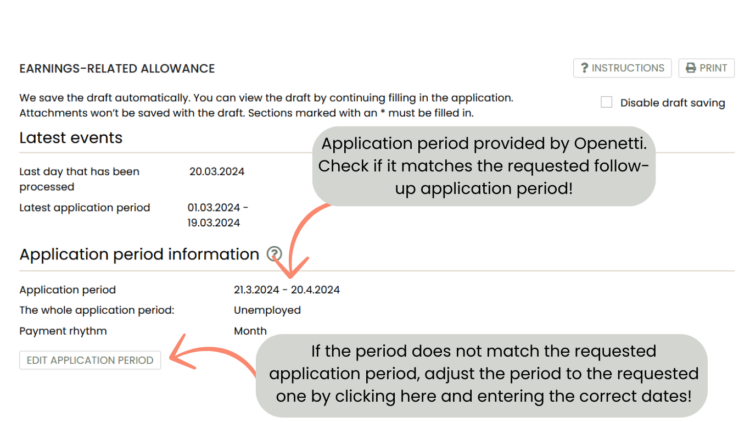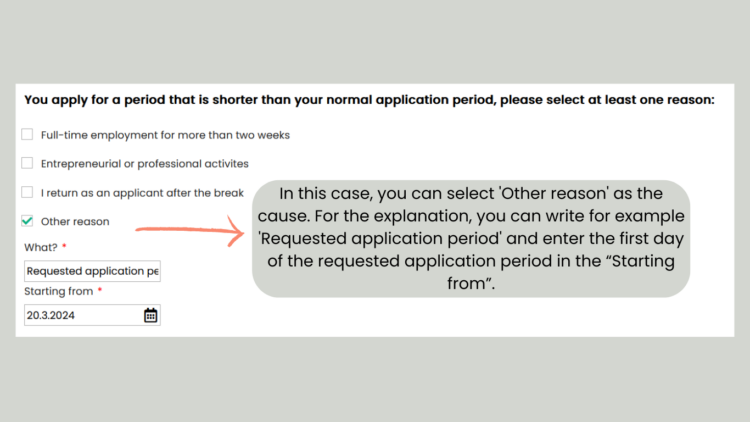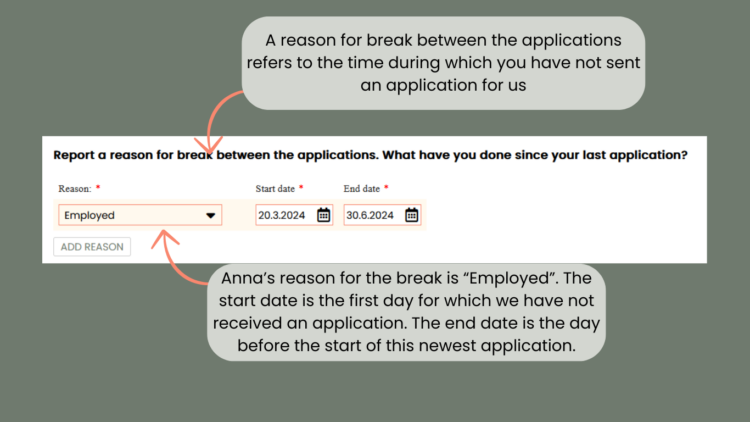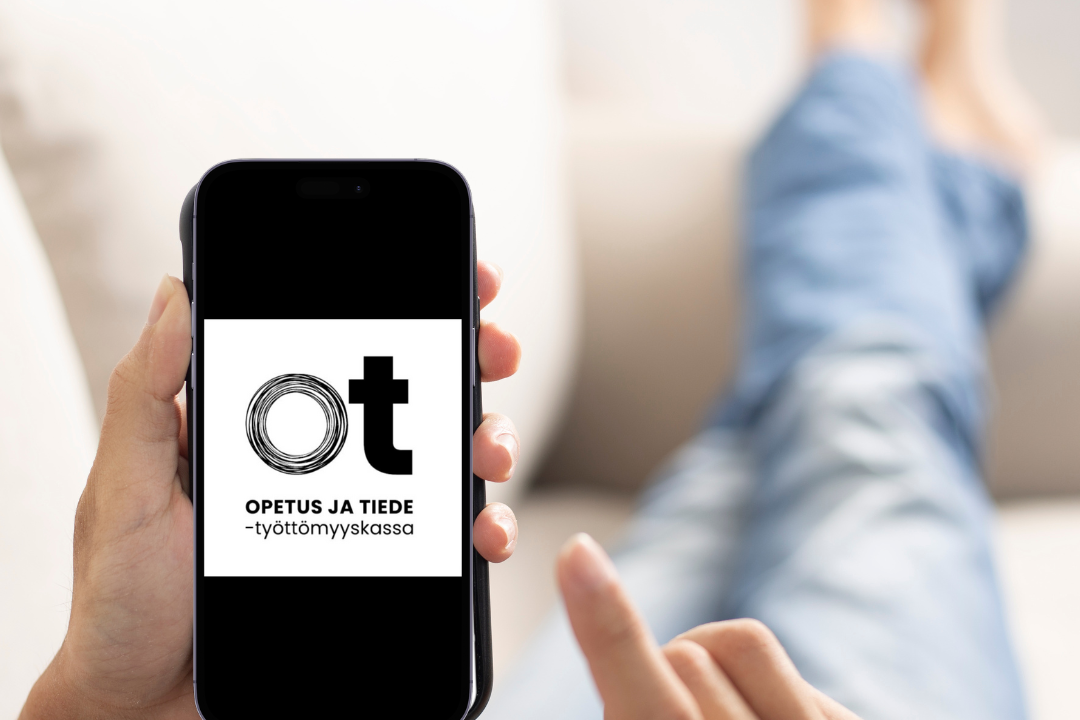Follow-up application – How and when to submit it?
Many of our summer applicants are now at the point where it’s time to submit their first follow-up application. In this news update, we provide instructions on how and when to submit the follow-up application to us
When and for which period?
Typically, after the first application, the follow-up application is submitted for a period of four calendar weeks or a month. However, the periodisation of holiday compensation, possible waiting period, and any potential adjustable income can affect the length of the first follow-up application’s period. Therefore, it is very difficult to estimate in advance the period for which each applicant should submit their follow-up application to us
Once your first application has been processed, the application handler will review what is the appropriate follow-up application period for your specific situation. The handler will send you a message in Openetti, informing you of the period to which any possible holiday compensation has been periodised and the period for which you should submit the next application to us. Instructions for submitting the follow-up application will also be provided in cases where no holiday compensation has been paid to you.
If your holiday compensation has been periodised, we generally request that you also submit an application for the period of the holiday compensation periodisation. This may seem unusual since we have already issued a negative decision regarding unemployment benefits for the period of holiday compensation periodisation. This request is made because it provides us with information on what you have done during the holiday compensation periodisation period. This information is important to ensure that the records for your employment condition are up-to-date.
Unemployment benefits are always applied for retrospectively. The application can be submitted no earlier than the last day of the application period. If you are asked to submit a follow-up application for the period, for example, from June 15, 2024, to July 14, 2024, you can submit the application no earlier than July 14, 2024.
How do I fill it out and what should I pay special attention to?
Submitting the follow-up application is easiest and fastest through Openetti under ‘Apply earnings-related allowance.’ The program will automatically provide you with the correct application form to complete. The follow-up application form is shorter than the first application.”
Below we have listed sections in the application that most often raise questions during completion.
How do I adjust the application period provided by Openetti to match the requested period?
Especially if your holiday compensation has been periodised, the program may offer the wrong application period for the follow-up application. When you are filling out the follow-up application, check the message sent to you to see the period for which the follow-up application needs to be submitted. Then, verify if the dates provided by the application form match the requested dates. If the dates do not match, you can adjust the correct dates by clicking the ‘Edit Application Period’ button.

What if the application form indicates that I am applying for a period shorter than the normal period?
In some cases, the application form may indicate that ‘You are applying for a period shorter than your normal application period.’ In the case where you have been asked to submit an application for the period of holiday compensation periodisation as well, and the application requests this clarification, you can respond as shown in the image below.

This notice may also appear, for example, if you start a full-time job lasting more than two weeks during the application period. In this case, apply for unemployment benefits up to the day before the job starts and indicate ‘Full-time employment lasting for more than two weeks’ as the reason in the section above.
What does the break between the applications mean?
If you have not applied for unemployment benefits for a period of time—meaning you have not applied for benefits without interruption—the application form will request an explanation for the application break.
In the example below, Anna last applied for unemployment benefits up to March 19, 2024. After that, she was employed full-time from March 20, 2023, to June 30, 2024. After the full-time job ended, Anna is applying again for benefits for the period from July 1, 2024, to July 14, 2024.
Below is an image from the Openetti application form showing the last date up to which benefits were applied (March 19, 2024). If the first day of the application you are now submitting is not immediately following that date (i.e., March 20, 2024, in this case), the application form will later request an explanation for the application break. The application break in this case is from March 20, 2024, to June 30, 2024.

The image below shows a section where an explanation for the application break is requested. In this case, Anna indicates that she was employed during the application break, which is the period during which she did not submit applications to us. She marks the first day on which she did not submit an application as the start date (March 20, 2024, in this case) and the day before the beginning of this application period as the end date (June 30, 2024, in this case).

Remember to report your working hours – also for paid vacation time!
If you have had working hours during the application period, remember to report them on your application. If it is a part-time job lasting more than two weeks, we also need an employment contract as an attachment to the application. If it is a full-time job lasting more than two weeks, you are not entitled to unemployment benefits for the duration of the employment.
Please note that if you receive pay during your vacation period, you must also report your working hours on the application! In this case, select ‘Paid holiday’ and any other options that apply to your situation under the ‘Application period information’ section. Provide the employer’s name and enter the working hours in the application’s calendar section based on how you are paid during your vacation period.
Does filling out the application seem difficult?
You can read additional instructions for filling out the follow-up application and, for example, reporting working hours in our previously published news, which you can access via the button below.
You can also find additional instructions for using Openetti and filling out the application in our Openetti guide, which you can access via the button below.




